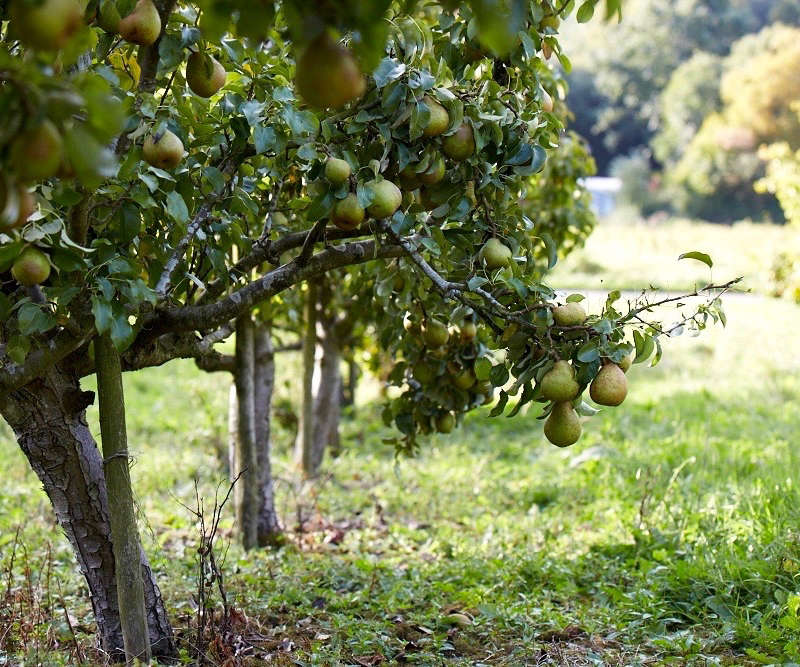

Introduced to North America in the 16th century, the common pear tree can live for centuries (and produce more than a hundred bushel baskets of fruit per year).
Pear trees come by their gnarled branches honestly. They date to prehistoric times, with dozens of species (some ornamental and others bearing edible fruit) hailing from Asia, Europe, and beyond. (The ancient Romans ate pears both raw and cooked in honey, a precursor to our own favorite Oven-Canned Cardamom Pears.)